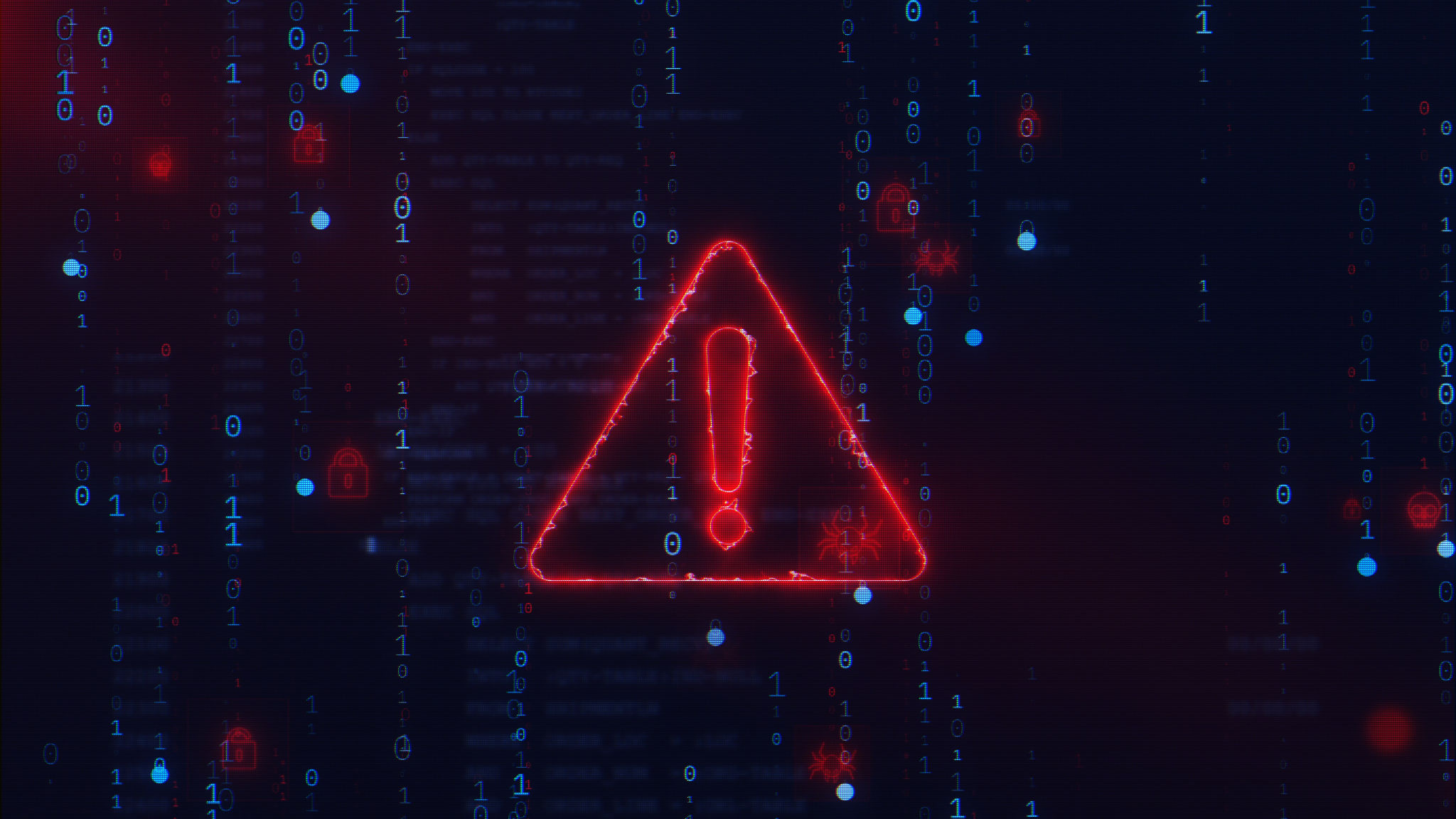Seasonal Cybersecurity Threats and How to Prepare
Understanding Seasonal Cybersecurity Threats
As the seasons change, so do the tactics employed by cybercriminals. Seasonal cybersecurity threats often spike during certain times of the year, leveraging the unique consumer behaviors and vulnerabilities present during these periods. Understanding these threats is the first step in safeguarding your digital assets.
Cybercriminals are opportunistic, and they know that during certain seasons, people are more likely to be distracted or engaged in specific online activities. For example, during the holiday season, online shopping surges, creating a ripe environment for phishing scams and fake websites. Recognizing these patterns can help in developing more effective protection strategies.

Common Seasonal Threats
The Holiday Season
The holiday season is notorious for increased cybercrime activity. With more people shopping online, there's a higher risk of encountering fraudulent websites and phishing emails. Cybercriminals often create fake e-commerce sites that mimic legitimate ones to steal credit card information.
Tax Season
During tax season, individuals and businesses are targeted with phishing scams that impersonate tax authorities. These scams often involve emails that appear official, urging recipients to provide personal information or download malicious attachments. It's crucial to verify the authenticity of any communication from tax agencies before responding.

Back-to-School Season
As students and parents prepare for the new school year, phishing attacks and malware targeting educational institutions become more prevalent. Scammers exploit the urgency of back-to-school preparations by sending fake invoices or notices related to school supplies and fees.
Preparing for Seasonal Threats
Preparation is key to defending against seasonal cybersecurity threats. Implementing robust security measures and staying informed about potential risks can mitigate the impact of these threats. Here are some steps to consider:
- Update Your Software: Regularly updating your software and systems ensures you have the latest security patches protecting against known vulnerabilities.
- Educate Your Team: Conduct regular training sessions to keep your team informed about the latest phishing tactics and how to recognize suspicious activity.
- Use Multi-Factor Authentication: Implement multi-factor authentication wherever possible to add an extra layer of security to your accounts.

Staying Informed
Staying informed about emerging threats and trends in cybersecurity can significantly enhance your preparedness. Subscribing to cybersecurity bulletins and following reputable sources can provide timely updates on new tactics used by cybercriminals.
Additionally, consider partnering with a cybersecurity firm that specializes in threat detection and prevention. These experts can offer insights tailored to your specific industry and help you develop a comprehensive defense strategy.
Conclusion
Seasonal cybersecurity threats require vigilance and proactive measures to combat effectively. By understanding the patterns and implementing strategic defenses, you can protect your digital environment from these ever-evolving risks. Remember, cybersecurity is not a one-time task but a continuous process of adaptation and improvement.
